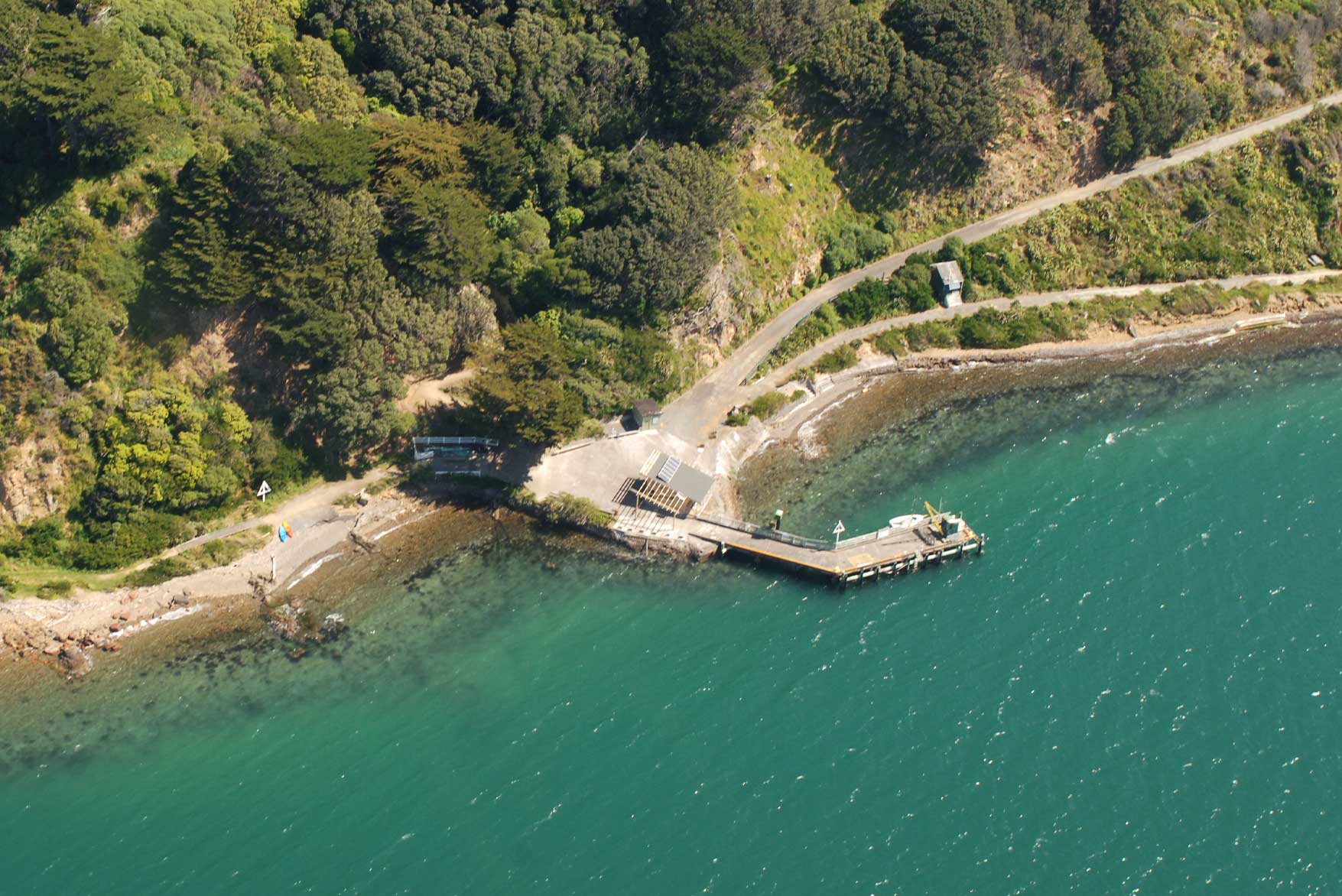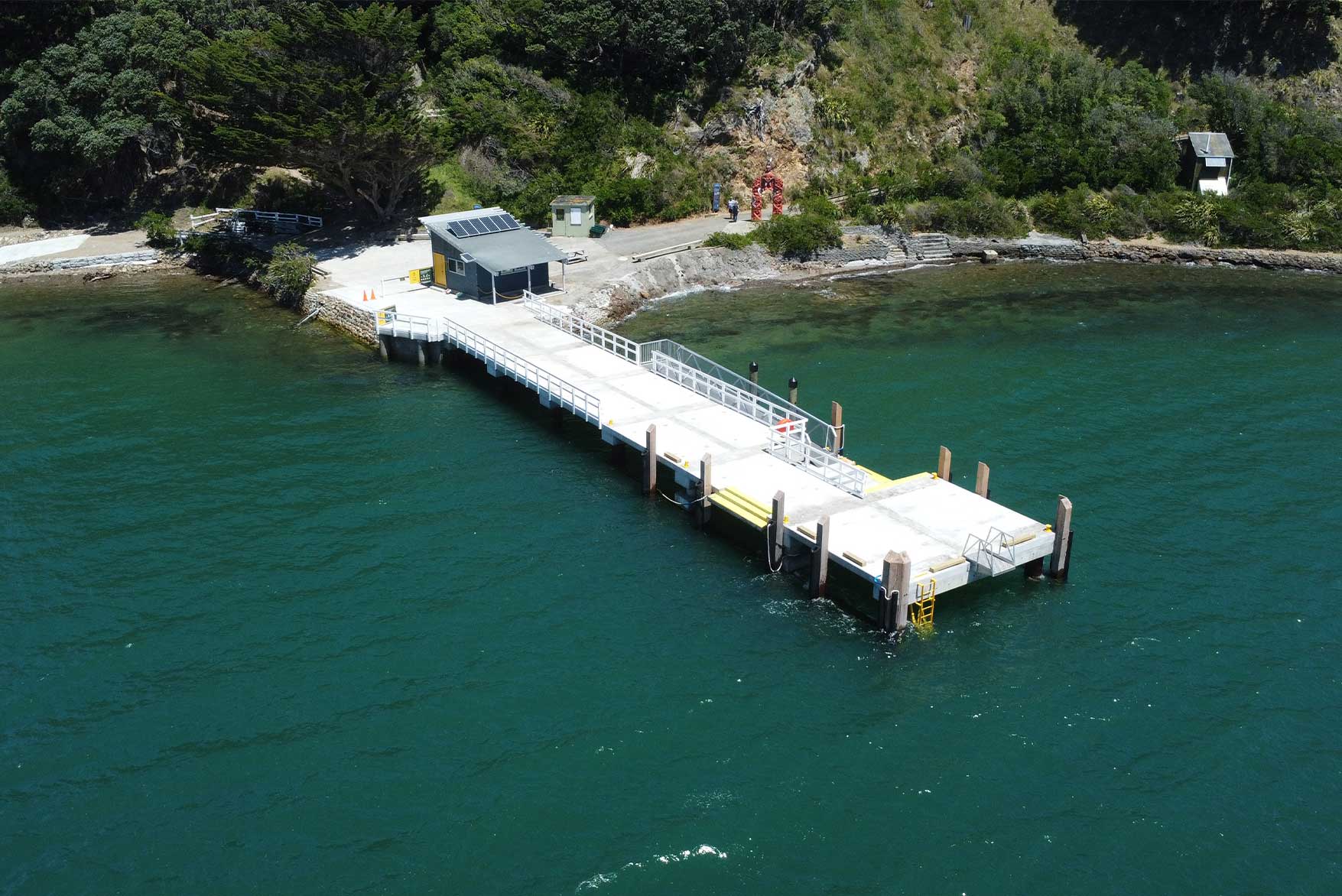Mātiu | Somes Island is a wāhi tapu, wildlife sanctuary, and popular tourist destination. The wharf serves as the only access point to the island for occupants of the Island and visitors. It is used by a regular ferry service between Wellington CBD and Days Bay, as well as to meet the servicing requirements of the Department of Conservation. The design and siting of the wharf were carefully planned to protect the significant ecological values, while providing functional and resilient access to the island for the long term, future-proofed to meet rising sea levels.
Client
Location
Project team
Charles Horrell
Robert Schofield
Sharon De Luca
Karin Sievwright
Rhys Girvan
Hannah Wilson
Worked with
Cawthron Institute
Holmes
Pattle Delamore Partners
Subsurface
Project date
2022 - 2024


Boffa Miskell collaborated in the design of the replacement wharf and in minimising and managing the environmental effects. Our landscape planners and ecologists prepared the Assessment of Environmental Effects to support the resource consent applications to the Wellington Regional Council and Hutt City Council.
Our planners worked closely with the Department of Conservation; the Island's owners, Taranaki Whānui; and the project team in assessing the design options and in managing the effects of construction; along with preparing applications and supporting the consenting process.
The design and construction of the replacement wharf demanded innovation that could cost-effectively deliver critical new infrastructure while preserving the Island's extraordinary biodiversity and cultural heritage values. The solution had to address New Zealand's seismic and climate adaptation challenges, including rising sea levels. The replacement wharf had to be durable and resilient, providing adaptable use over the long term.
The design, consenting and construction process was based on close stakeholder engagement, integration of structural resilience, environmental stewardship, and future-proofed design methodologies. Due to the site's sensitivity, careful design and construction methodologies were essential.
Given the site's tight spatial constraints and its significant scientific, historic, and tourism values, consent conditions were carefully tailored to ensure construction effects were appropriately minimised.
Mitigation measures during construction included the use of bubble curtains to reduce underwater noise impacts on marine mammals, avoidance and monitoring of kororā (little blue penguins) habitats, and in-situ monitoring of the underlying aquifer during piling activities.
Both regional and city resource consent applications were processed on a non-notified basis. This was achieved by presenting a robust case for non-notification, despite the project's high public profile. The replacement wharf was opened in November 2024.
Images 1 and 4 provided by Brian Perry Civil.
